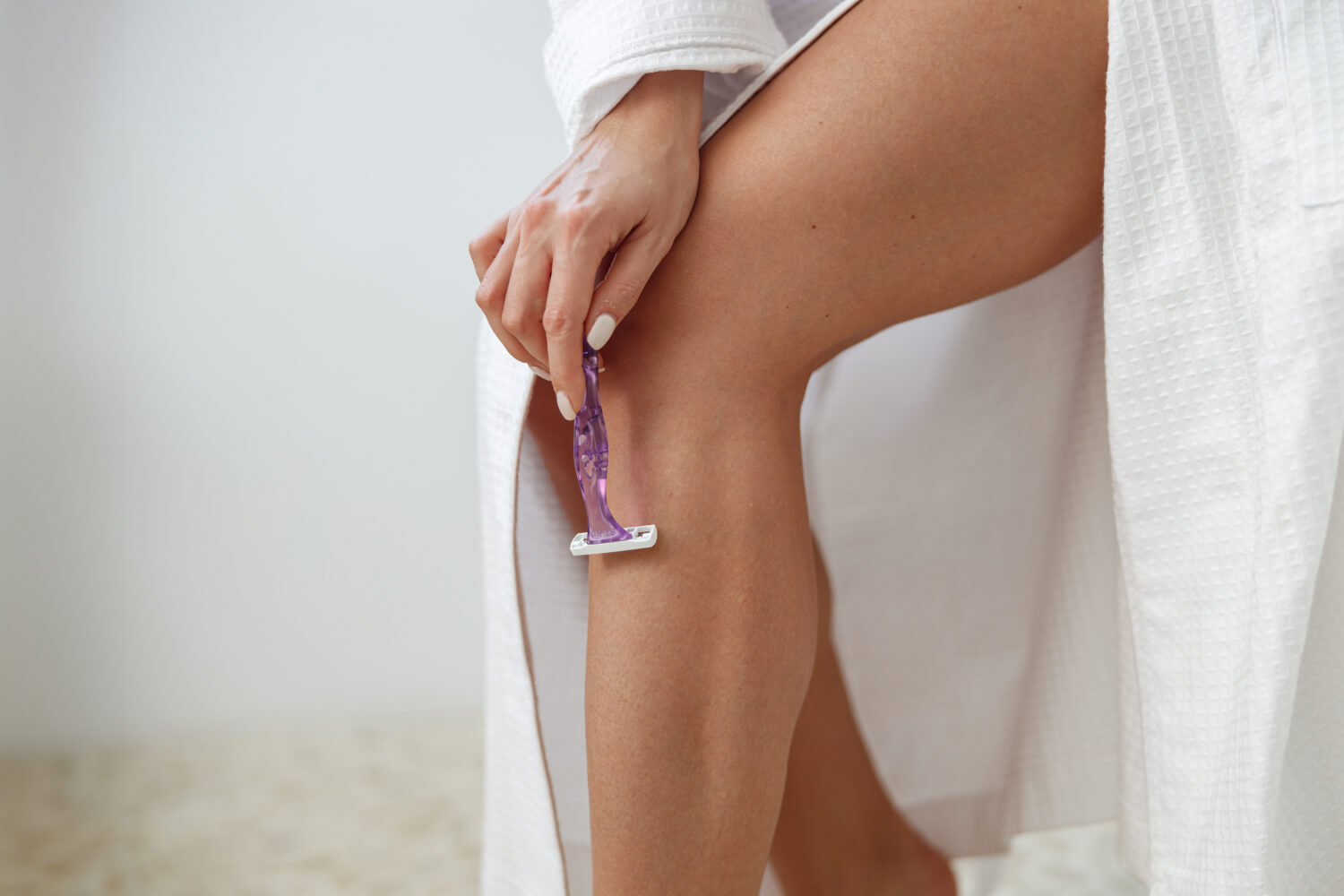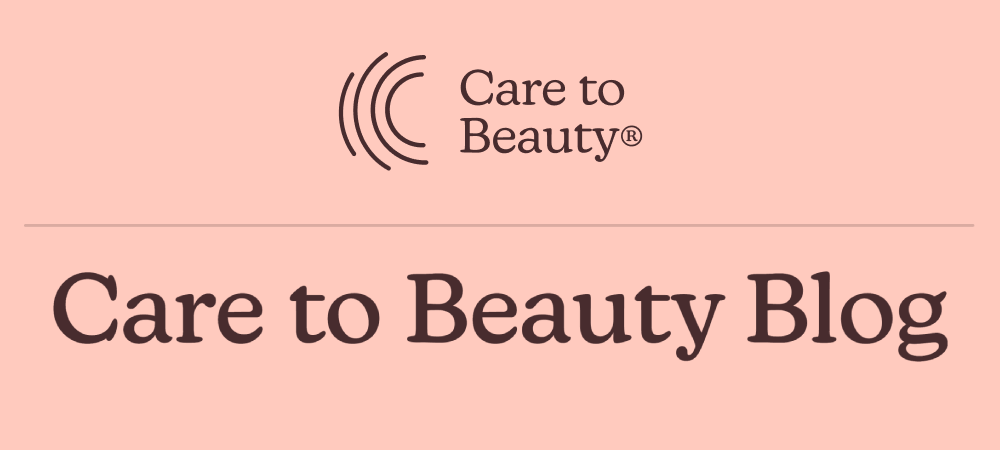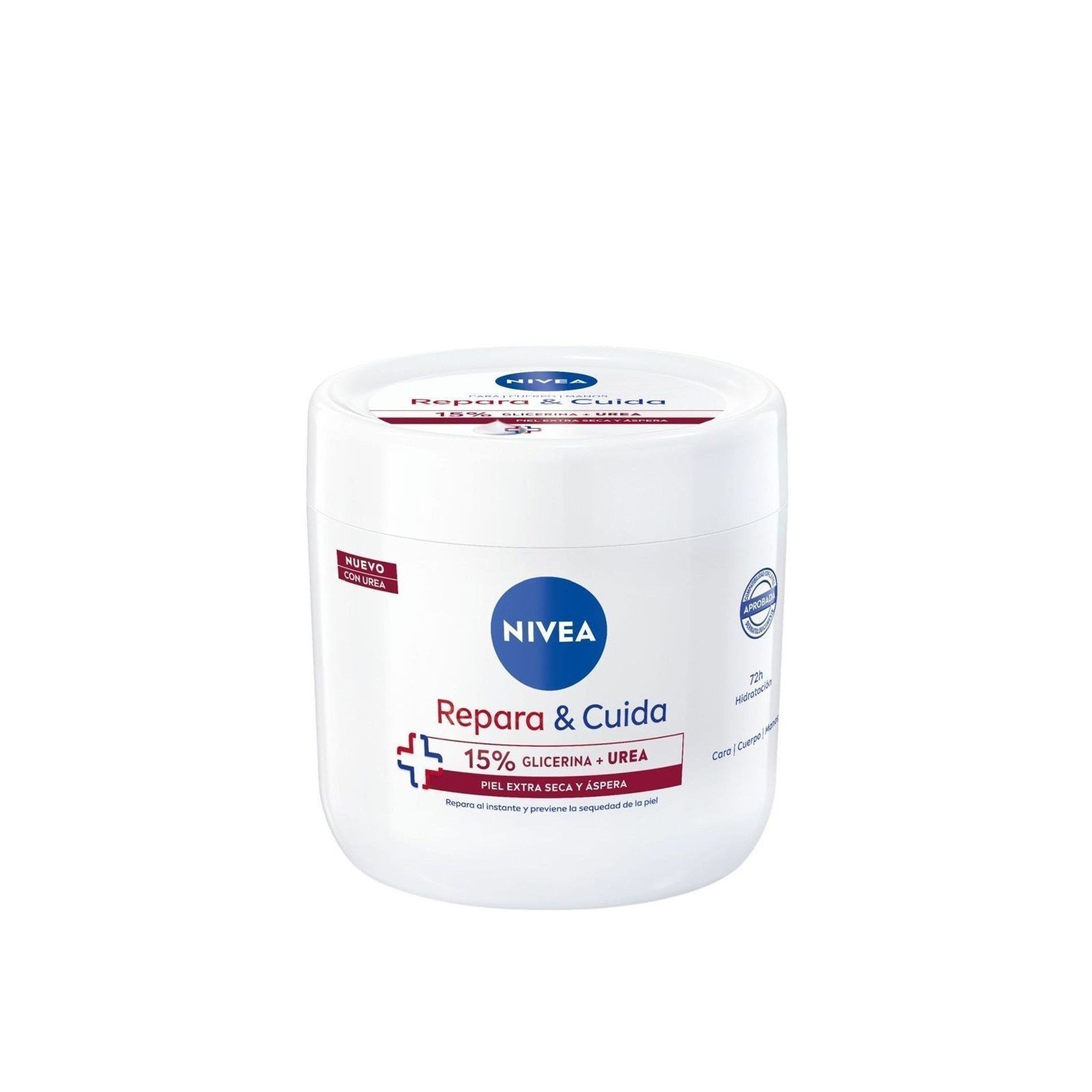
Body shaving is part of many women’s personal care routines, but we don’t always know how to shave properly. Are you in need of a few guidelines on how to shave, or an actual body-shaving routine? Feeling (your blade) stuck? Dealing with unwanted rashes, painful burns, or uncomfortable itching? Please know that you’re not alone in this. Although shaving your legs, armpits or other body parts may seem a thoughtless process, there’s much to it. In fact, cutting the hair itself is a no-brainer–just use a sharp blade–but keeping the skin healthy while doing it and after is another story entirely. That’s why we’ve compiled our best advice regarding how to shave and care for your skin after shaving.
What to know before shaving
There are plenty of questions women face when it comes to dealing with unwanted hair. We’ve compiled the top three questions we get asked, so you can be secure when making your choices. If you don’t get along with using razors, there are plenty of other options for removing hair at home, so don’t feel obliged to use razors.
Does hair grow thicker when you shave it?
No. But we know a simple “no” isn’t enough because common knowledge myths are hard to dismantle in just one word. The hair is composed of dead cells that have no idea what you’re doing to them. Your body also doesn’t know what you do to dead cells, because they no longer have any sort of connection to the body except from being on it. They have no nerve cells that can pass on messages or capillary vases (or else cutting your hair would mean pain and bleeding). So, why does it seem that hairs get thicker when you cut them? Because hairs tend to have a thinner end. When you cut the hair in its middle, what grows after is the middle part, not the thinner end again. This is why it seems that the hair got thicker, but you’re just looking at the middle part of it in its normal size.
When shouldn’t you shave?
When your skin isn’t healthy. This means not shaving inflamed or broken skin. This is because although mostly harmless, shaving is still a process that can irritate the skin. If your skin is already red or scratched, you may be getting yourself in thick water with your own body. Additionally, if your skin is extra dry, the skin barrier may be compromised, so avoid shaving in those areas.
Should you moisturize before shaving your legs?
After you’ve read the last question, this one should come naturally to you: yes. Ideally, always keep your skin moisturized, but if you tend to forget, make sure that you moisturize at least the day before shaving.
What is the best routine for shaving?
There are plenty of ways to cut unwanted hair, and not all involve blades. Moreover, if it involves blades, there are still some options you can consider.
Dry shaving
Dry shaving means shaving the skin without any sort of product (including water). Just take your blade to your skin and shave. As the blade doesn’t glide so close to the skin, it doesn’t cut so close to the skin. You may note that the hair seems to grow faster because of that. However, some people with sensitive skin may benefit from this approach, although others report more razor burns. Also, due to the fact that the shaving isn’t so close to the skin, there’s less chance of ingrown hair.
Shaving with bath gel/shaving cream
The traditional way of shaving. Just use something that lathers up well and use it to make your razor cut closer to the skin and quicker. You can use a simple shower gel, but if you have sensitive skin we really recommend that you try out one of the ones we consider the best body shaving creams for sensitive skin, including shaving in the intimate area:
Shaving with oil
This is another alternative that tends to work well for dry skin. Firstly, wet your skin. Then thoroughly apply baby oil in the areas you want to shave. This process will be messier and we recommend that you only do it in the bath while sitting, to ensure you don’t slip and get hurt. However, for people with dry skin, it definitely makes a difference. In fact, it can be the difference between being able to shave without a razor burn.
How to care for your skin after shaving
We’ve already covered the pre-shaving and the shaving methods, so let’s get to how you can take care of your skin after shaving. Some of the major issues of shaving can be prevented by proper skincare, so let’s delve into it.
What should I apply after shaving?
Ideally, apply a moisturizer that is soothing and deeply nourishing. You’ve just put your skin to a light level of trauma, so now is the time to take care of it. Of course, different areas have different needs. Your legs will be the easiest, just choose a good body lotion. Most people will find that the armpit area needs nothing more than a good lotion, but others may find they need a dedicated armpit routine. However, your intimate area is the one you don’t want to mess with, so looking for specific products is recommended. These will be hydrating, but also take into account the delicate skin you’re shaving.
Why don’t your legs feel smooth after shaving? What are all those bumps?
This is usually due to the hair growing back. If you don’t exfoliate often, these bumps will be more pronounced and can actually lead to ingrown hairs. Ideally, exfoliate regularly and moisturize, and these will tend to be less visible.
How do you soothe razor burn?
So, you’ve done everything right (or not) and now you have razor burn. It happens to all (ask us how we know). Either because you have extremely sensitive skin or because you were in a rush, sometimes your skin will be angry at you for shaving. Using a product with Centella asiatica is always a good option because you’re both soothing the skin and repairing it. However, you can go for simpler aloe gels that you have at home.
We hope we’ve made things much simpler to you with these women-approved tips on how to shave. Shaving your skin is as much about taking care of your skin as it is about cutting the hair itself. Make sure you check out our shaving tools section for the best blades for you.
Pharmacy Technician & Beauty Writer










